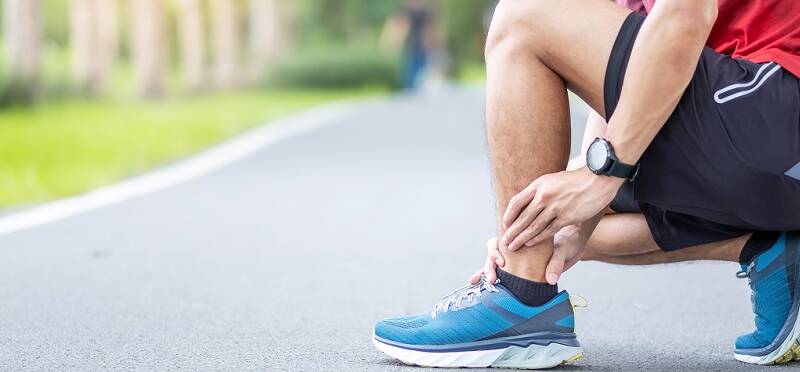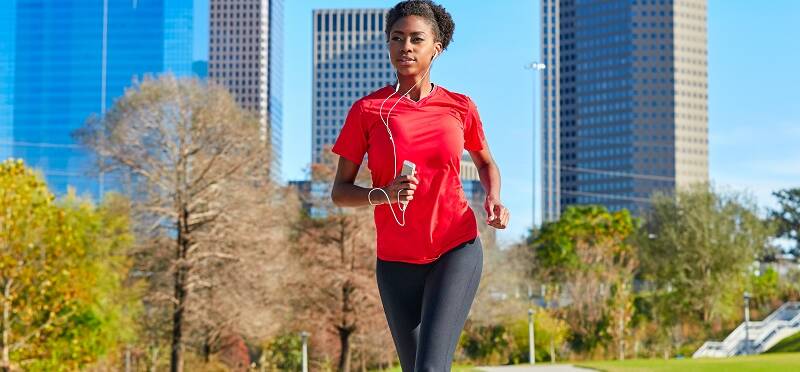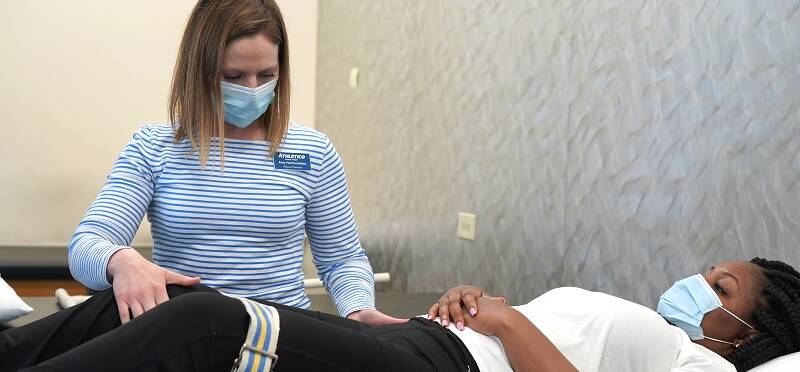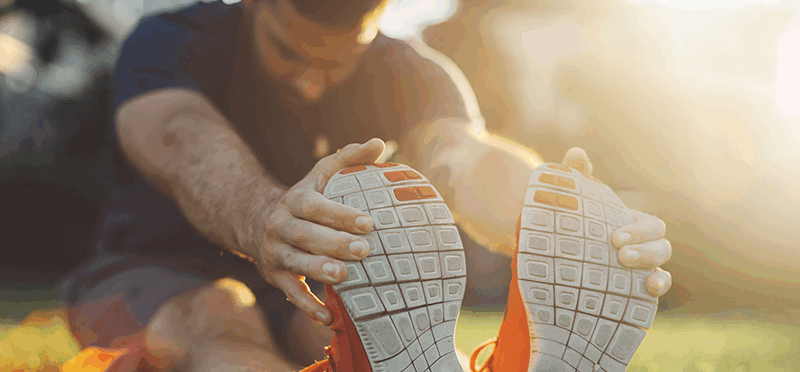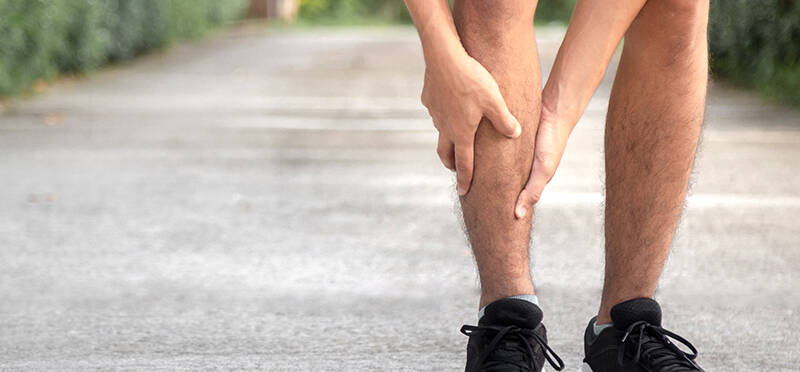4 Tips to Prevent Achilles Pain or Injury
Posted on June 2, 2021 by Kathleen Warner PT, DPT, OCS
Achilles pain or injury can prevent itself in the form of tendinopathy (i.e. tendinitis or tendinosis), or the more critical...
(more…)




